
#GLÜCK: DEBUT ALBUMS, HAPPINESS & GOING GLOBAL WITH CENTRAL CEE AND LUCIANO
“Happiness is simple, bro. Family and health, innit?”
Interview by Seth Pereira
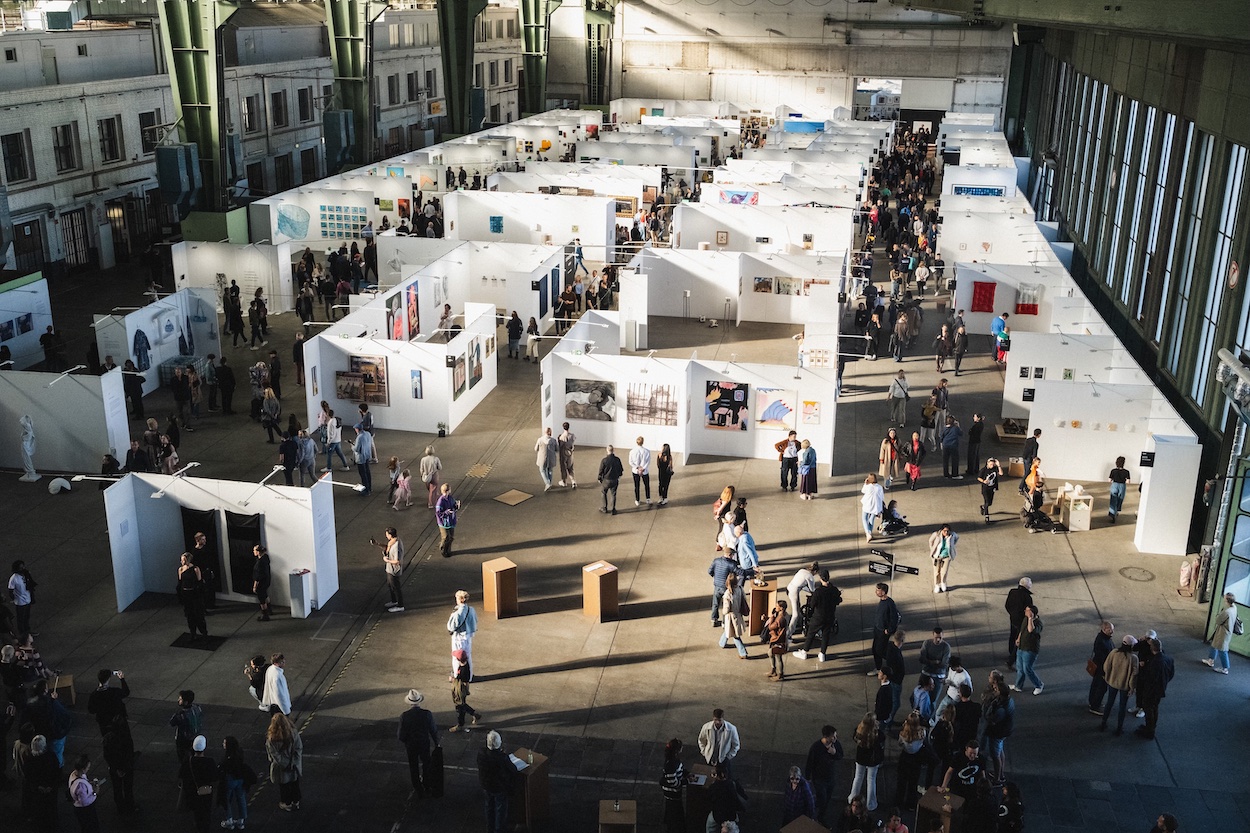
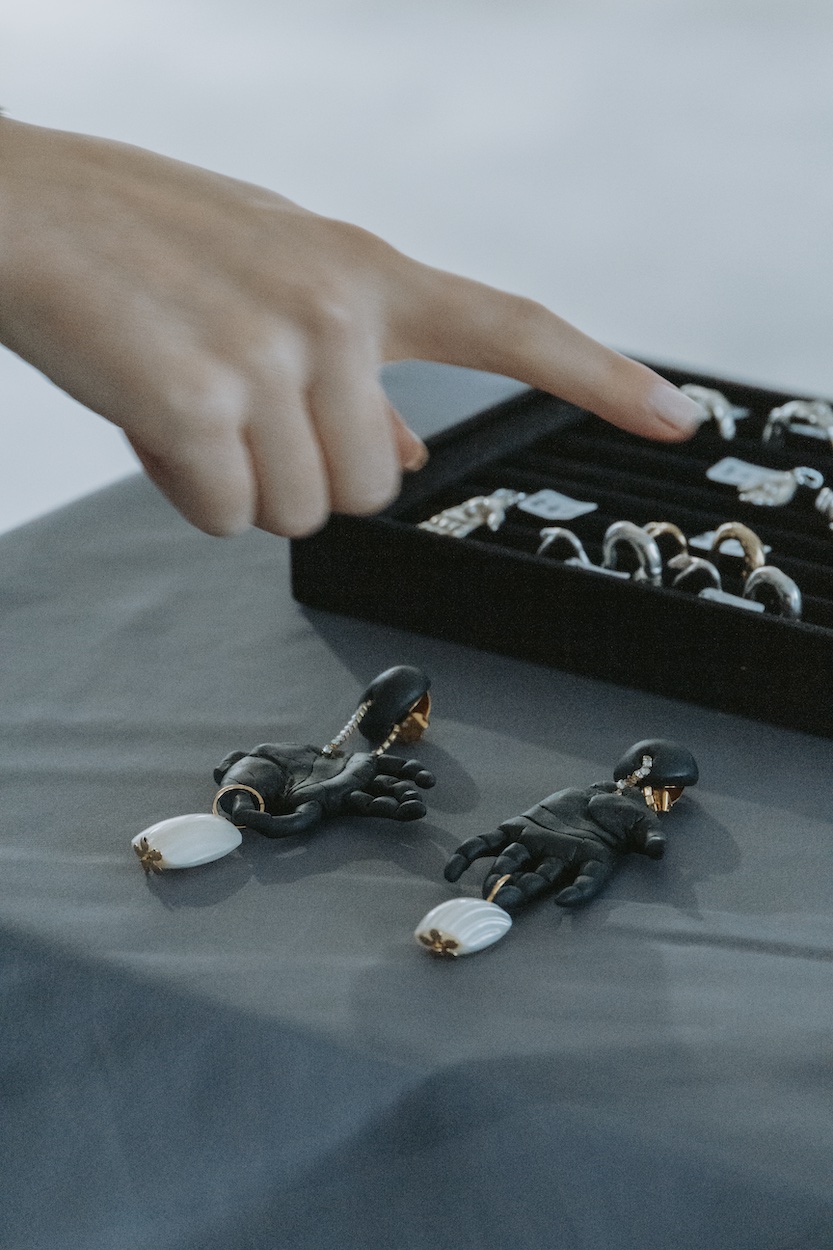
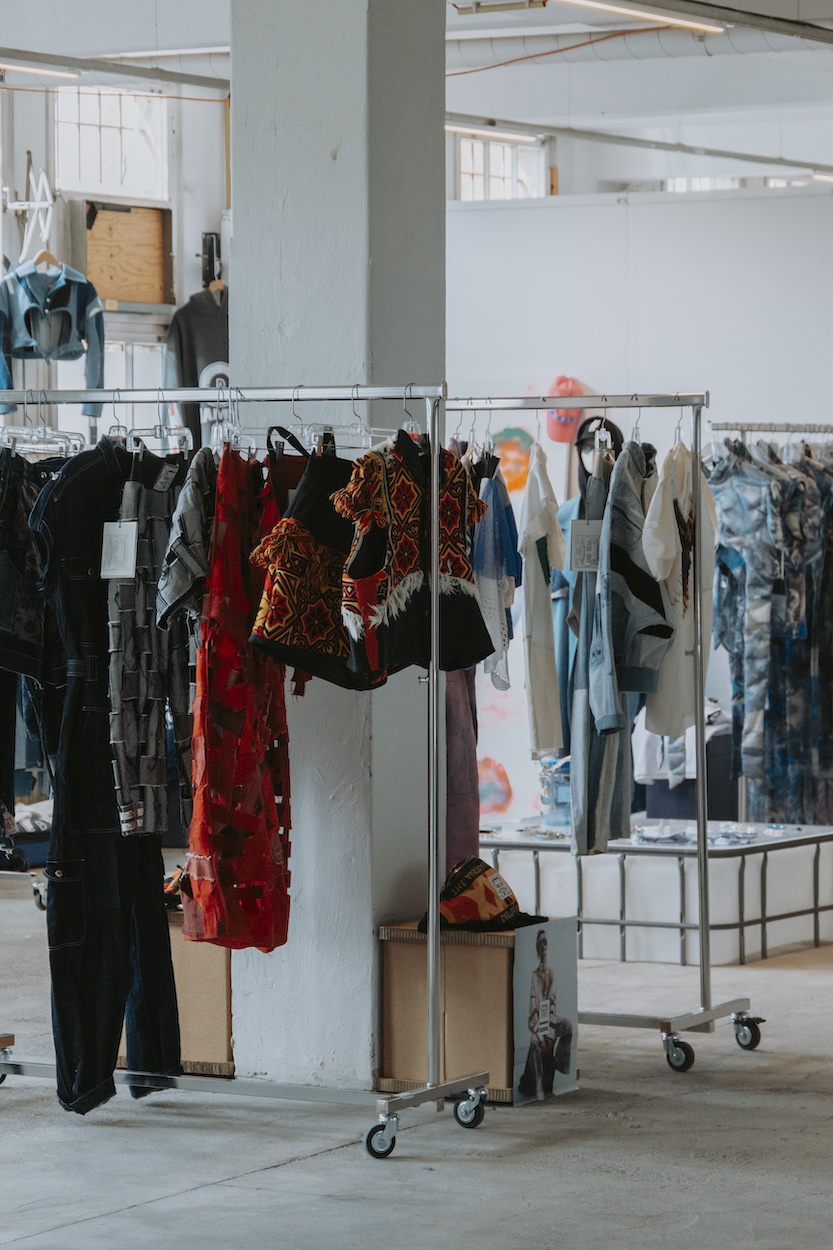
What does this even have to do with fashion anymore?
It’s the 6th edition of Fashion Positions, the Berlin fashion fair that has more in common with Art Basel than with Paris Fashion Week – or does it? In conversation with Maurice-Césaré Braatz, the project manager of Fashion Positions, it becomes clear why the fashion on display is closer to a museum than a runway.
Maurice-C. Braatz: I’ve been officially on board for almost two years now, but I was already part of the 2022 edition. Back then, I stepped in last minute. When everything went well, we decided to make it more permanent, and since April of last year, I’ve been managing the project full-time.
Really close. From an organizational perspective, the art fair provides the framework for Fashion Positions. We were guided by the idea that fashion should be collected like art. The core statement is “Collect Fashion, Wear Art.” Our aim is to offer fashion designers a platform that recognizes and appreciates their artistic signature. This year, the boundary between the Positions Berlin Art Fair and Fashion Positions has become almost invisible. Most people didn’t even realize when they crossed that supposed line.
It all starts with the format. Most designers aren’t used to working within these “booths” – as much as I try to avoid that word. But when we saw designers incorporating the presentation walls creatively into their concepts during the application process, that was already a strong selling point. This kind of presentation is unusual in the fashion world.
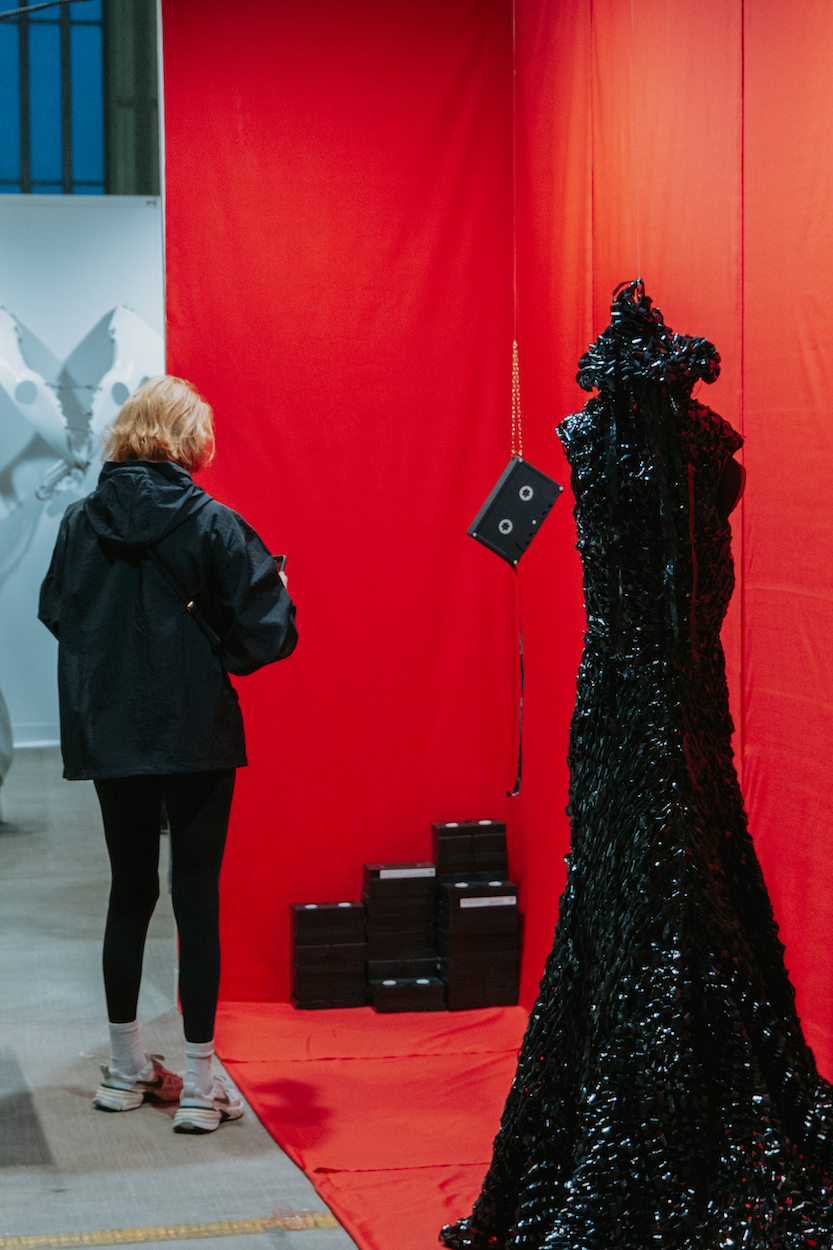
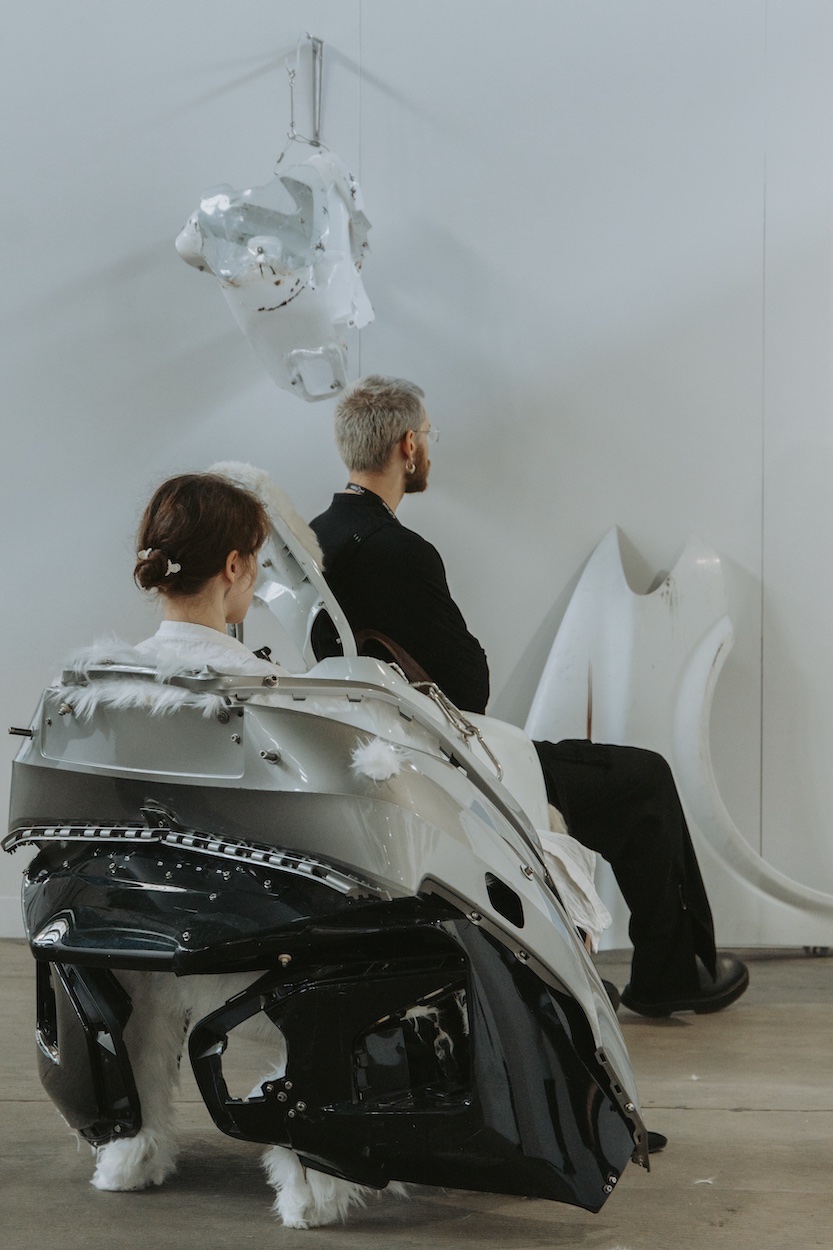
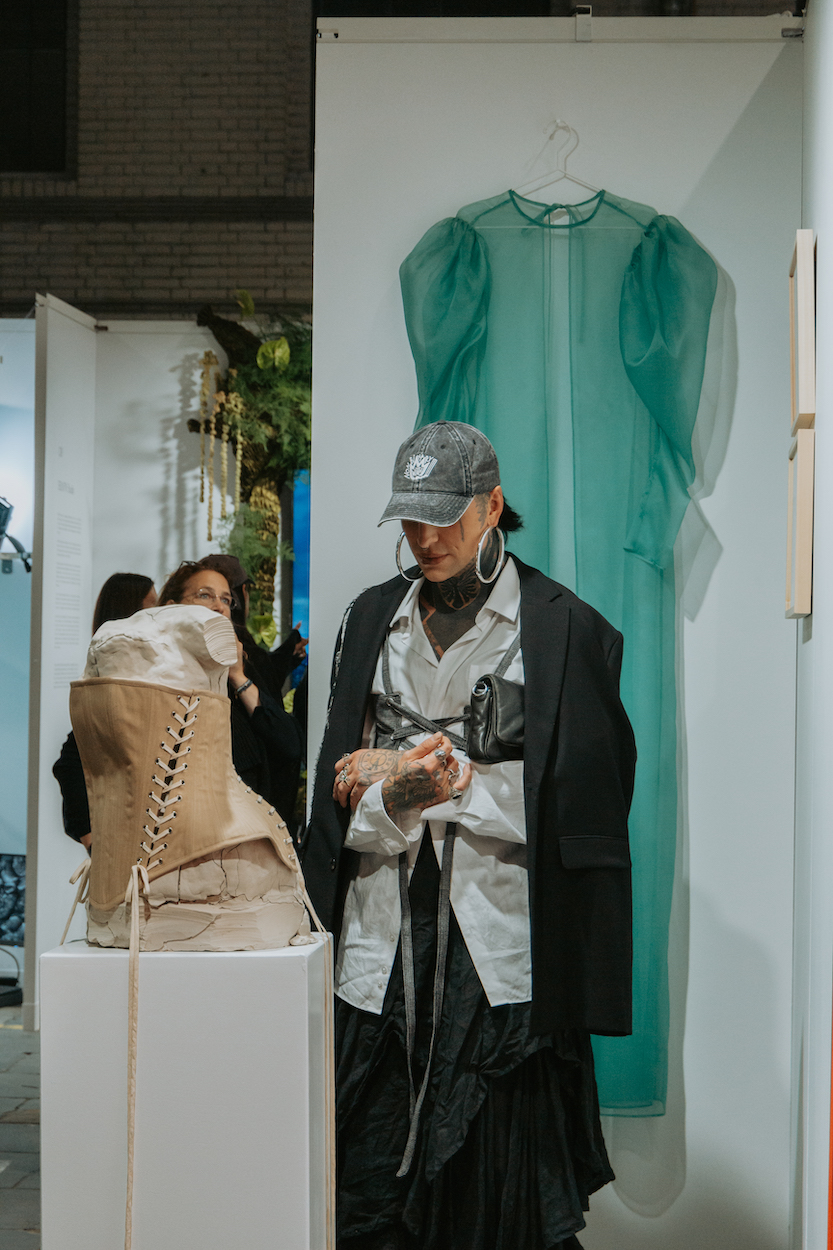
There’s a key moment I remember fondly. A visitor was standing in front of one of the installations and asked, “What does this even have to do with fashion anymore?”
That’s exactly how we felt. Especially when the concept worked so well that a designer’s installation carried over to the commercial shop. Mira von der Osten from Cruba, Co-Initiator of Fashions Positions, executed this perfectly. She translated her one-of-a-kind dress, which Donata Wenders wore at the last Oscars, into a collection of T-shirts. That transition worked seamlessly. In other cases, our experience with art curation really helped. Designers are used to showing as much of their craft and collection as possible, but sometimes, especially in these booths, less is more. This became very clear with the label Nadine Aurin. She developed a technique to create a leather alternative from red wine. We assisted her in curating her installation, collaboratively refining and focusing her ideas. In the end, a wine distillery even approached her for a collaboration. There are definite advantages to curating fashion like art.
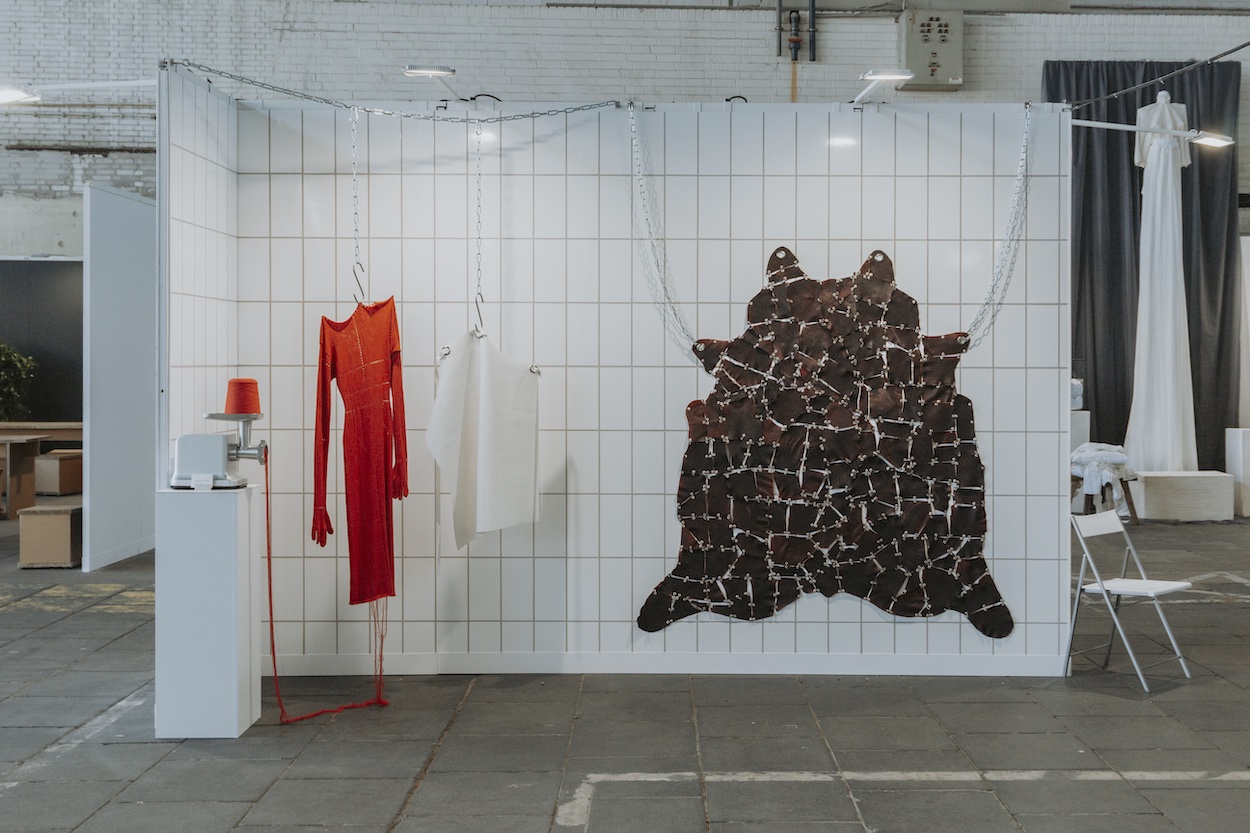
A prime example is Esther Perbandt, a designer we collaborate with closely. She often says she couldn’t work as artistically in any other city. She’s realized that she’s outgrown traditional fashion week presentations because her audience views her creations as art and is willing to invest in them as such. Esther sees herself more as an artist than a fashion designer, and I think that mindset applies to a lot of designers here in Berlin, especially in our program. Another key figure who curated part of the programm together with Esther is Fiona Bennett. She’s been running her label successfully for years, positioning herself as an artist who turns headwear into art objects. Both designers take full advantage of the creative freedom Berlin offers, expressing themselves artistically through innovative materials and techniques.
Honestly, we take it pretty cool. We work closely with Fashion Council Germany, so we’re aware of the challenges the Berlin Fashion Week has faced. For us, it doesn’t pose a big issue because we’re not reliant on Fashion Week. Fashion Positions happens during Berlin Art Week and is more tied to the art world. This allows us to focus more on the artistic side of fashion rather than getting caught up in the commercial race that defines traditional fashion weeks.
Our main focus is the trade show format and presenting the designs as art installations. While modeling does play a role, it’s not about the runway show in the traditional sense. The collaboration with high-profile figures like Lady Gaga or Peaches definitely draws attention, but the real focus is on the craftsmanship and the artistic message behind the collections. It’s about how the pieces are showcased as art rather than just wearable fashion.
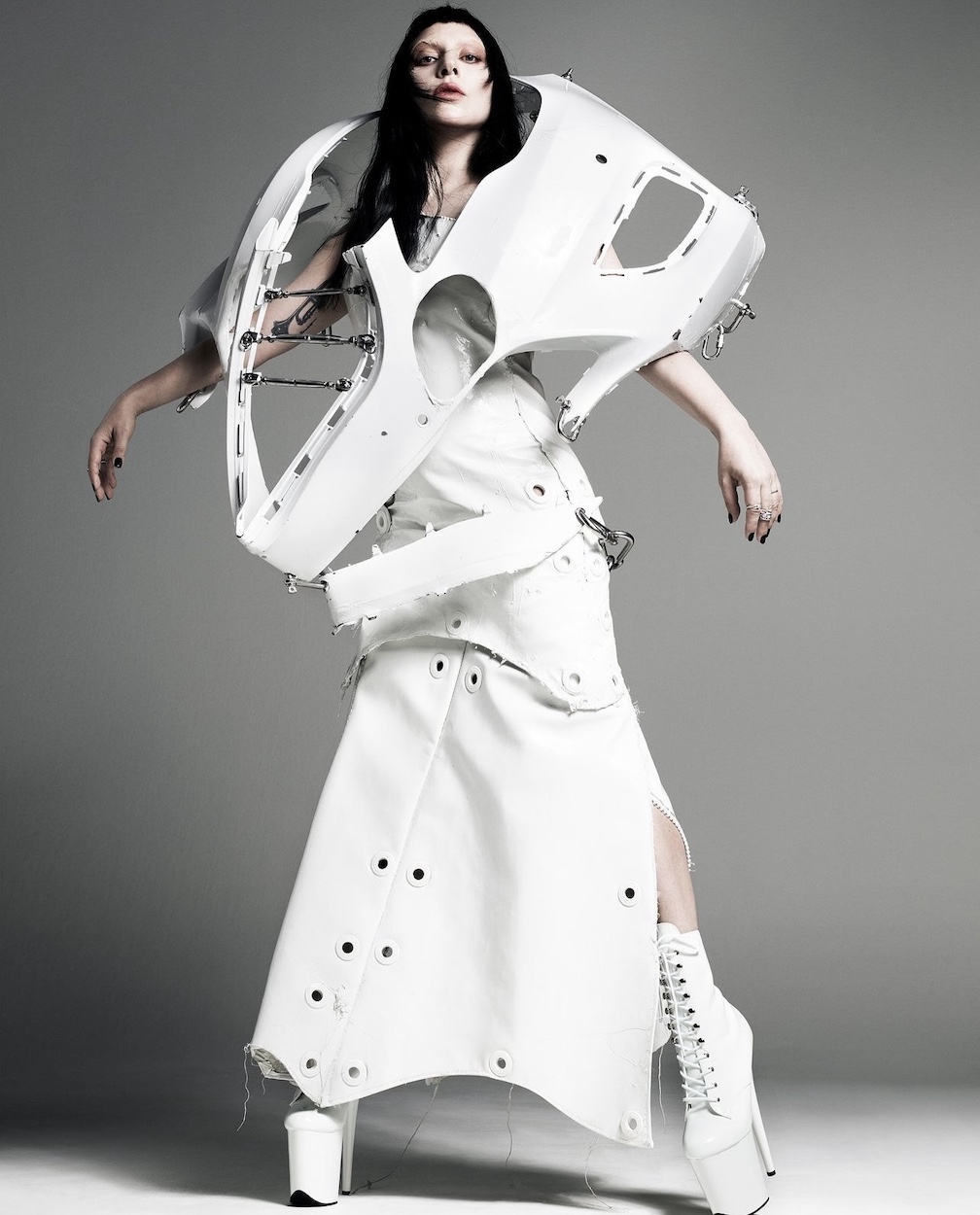
For 2024, we’re really spotlighting the use of innovative textiles and materials. We’re seeing more and more designers who don’t just view their pieces as garments but as art that challenges traditional notions of fashion. Sustainability is another big trend, as is the blending of art and fashion. But it wasn’t something we set as a specific thematic focus from the start.
In a way, yes. Maybe it’s also due to a generational shift — sustainability and the responsible use of resources and materials are just intrinsic to their way of thinking. For most of our designers, it’s not a question of whether to engage with it, but rather how to naturally integrate sustainability into their fashion work. One of the best examples from this year is the label Impari, which uses 100% recycled PET fabrics and integrates eco-friendly practices. Recently, they were awarded the Social Economy Berlin Prize in the category of Transformation.
This is something that really sets us apart from the big fashion fairs in Milan, London, or Paris. At Fashion Positions, 100% of the sales from the shop go directly to the designers. Last year, we generated around 15,000 euros in sales, which is a significant amount for the designers. This year, we were able to almost triple it. Unlike at the big fairs, where designers often have to pay high fees for stands and give a percentage of their earnings, we ensure that the designers keep everything they make thanks to the funding from the Berlin Senate Department for Economics, Energy and Public Enterprises, which has been providing significant support for our project. Our goal is to provide them with a platform where they can showcase their work while also being financially supported. This direct connection to their audience, along with retaining full profits, is vital to us and hopefully distinguishes us from the more commercial and competitive side of the fashion industry.

“Happiness is simple, bro. Family and health, innit?”
Interview by Seth Pereira

Whether science, technology, or arts, artificial intelligence has been accompanying us for…
All images courtesy of the artists

Hans Ulrich Obrist in conversation with Francesco Clemente.
Interview by Hans Ulrich Obrist All images courtesy of the artist